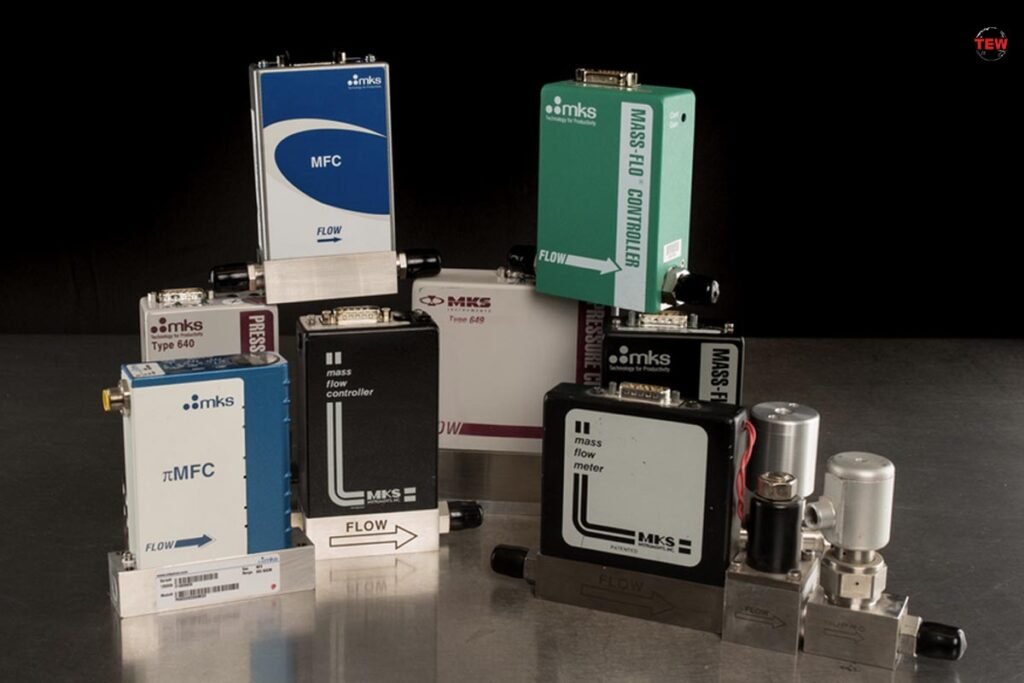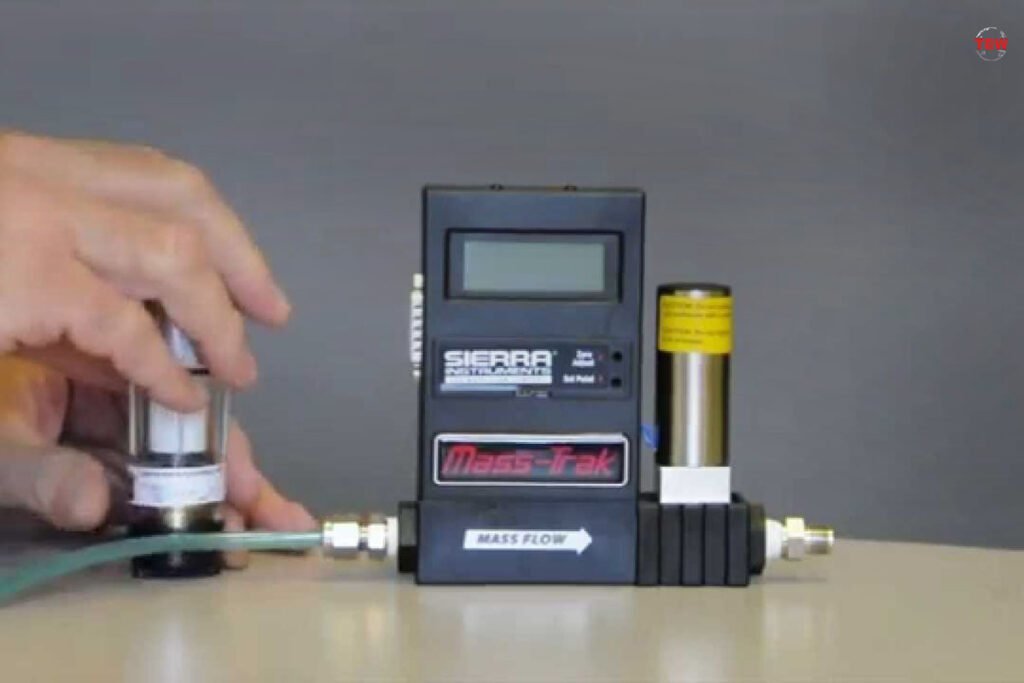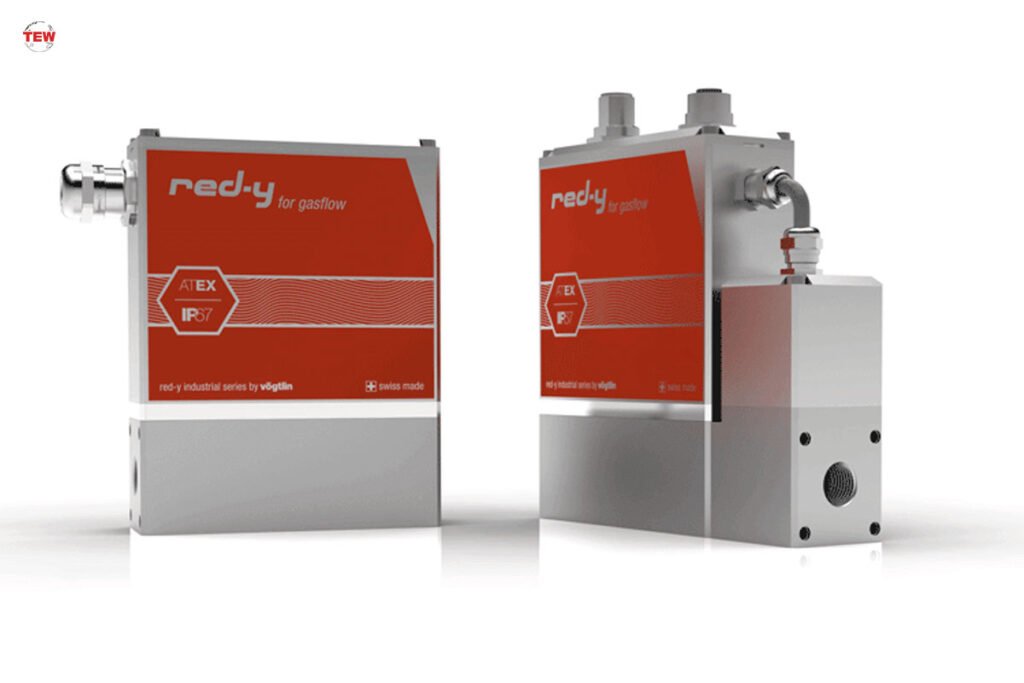- Get link
- X
- Other Apps
A Beginner’s Guide to Understanding Mass Flow Controllers

Have you been thinking about how a thermal mass flow controller works? This beginner’s guide will give you an introduction to the basics of mass flow controllers so that you can better understand this important technology. Mass flow controllers accurately measure the volume of gases passing through them over time and are essential in many industrial applications.
In this blog post, we’ll guide you through the fundamentals–from their construction and operation to their function in various industries–so that you can begin to understand what goes into making one of these sophisticated devices operate effectively.
Here Are Some Ways To Understanding Mass Flow Controllers;
1. What is a Mass Flow Controller (MFC), and why are they essential in laboratory applications
Mass Flow Controllers, or MFCs, are essential tools in any modern laboratory setting. They are devices that can accurately measure the amount of gases flowing through a process requiring tight regulation and control. They provide the operator with real-time data readings, and their precision measurement capabilities allow for efficient product development lifecycles and production processes.
This means more reliable results, increased safety in hazardous environments, longer-lasting equipment, and greater efficiency than manual methods. Mass Flow Controllers(MFCs) offer scientists a powerful way to calibrate gas flows and ensure their experiment settings stay consistent.
2. Different types of Mass Flow Controllers(MFCs) and their features
MFCs are a versatile and useful tool for controlling both mass flow rate and total mass of gases, making them an excellent fit for many industrial applications. The two main types of MFCs are analog and digital. Analog MFCs feature robust and reliable performance but require manual calibration and care to function at peak performance.
Digital Mass Flow Controllers (MFCs) provide advanced features such as automated PID settings and digital readout accuracy without extensive setup. Both MFCs offer several configurations, from feedback-style controllers to pressure-style regulators, allowing you to customize your gas flow rate depending on your application’s needs.

Depending on the type of controller chosen, additional features can include multiple display screens, self-diagnostics capabilities, data logging abilities, dual or remote control accessories, adjustable set points, and various response times settings. Whatever your needs, there’s sure to be an MFC that fits your requirements perfectly.
3. How to choose the right MFC for your application
Making sure you have the right mass flow controller for your application is essential. When selecting an MFC, factors include flow rate, precision, compatibility with other equipment, response time, and cost. It is important to look for a unit that consistently meets your desired parameters over various conditions.
Additionally, considering an omnidirectional Mass Flow Controllers(MFC) may make integrating existing systems more straightforward since these units can operate in both directions. Researching multiple suppliers and reviews from current customers can help ensure you find the best MFC for your needs at the right price.
4. Precautionary steps for installing and using an MFC properly
Installing and using a mass flow controller (MFC) requires several precautionary steps to ensure maximum efficiency and safety. To begin, it is important to read the manufacturer’s instructions thoroughly and become familiar with the power supply requirements for the MFC you are using. Additionally, you must be aware of any certification requirements in your facility that may apply. To properly calibrate MFCs, other components like vacuum or pressure gauges should be calibrated as well.

Once installed, it’s important to check all relevant parts for tightness and leaks and test the entire system before use, so there are no hiccups or surprises during operation. Finally, continuous system monitoring for deviations from expected parameters should be an additional safeguard against costly mistakes or hazardous events. If adhered to correctly, these steps should guarantee a successful installation and safe operation when utilizing a mass flow controller.
5. Troubleshooting tips for common problems related to MFCs
Mass Flow Controllers (MFCs) are integral to many industrial processes and can save companies time, money, and resources if properly maintained and adjusted. Unfortunately, things can still go wrong with MFCs leading to unexpected downtime or other problems. Often these common issues manifest in the form of inaccurate measurements, flow oscillation, or even complete failure of the device.
To quickly troubleshoot any potential issues, it is important to understand the basics behind how MFCs work and develop a strategy of what steps should be taken in certain situations. With the right knowledge, getting an MFC back online should be much easier without contacting technical support for assistance.
6. Benefits of using mass flow controllers in various industries
Mass flow controllers provide an optimal solution for industries that deal with high-precision fluids, gases, and mixtures. The device boasts notable benefits, including accurate control of pressure and temperature, broad measurement ranges, easy setup and operation, low maintenance costs, and secure digital communication.
MFC are customizable to fit any application’s requirements—whether in the semiconductor industry or food production plants, these devices offer reliable control of gases or liquids while still providing accuracy up to ±0.5%. Overall, mass flow controllers are a robust tool that provides accuracy, efficiency, and stability regardless of the industry they’re used in.

After considering the various uses of MFCs in laboratory applications, it is clear that they are a critical piece of equipment for delivering accurate gas flow control. While there are different types and models of MFCs, all have fundamental features used to regulate mass or volumetric flow rates and maintain consistent measurements.
Selecting the right MFC requires self-assessment of your application, its parameters, and necessary factors like material compatibility, cost, resolution, accuracy, and response time. With an understanding of these essential attributes and proceeding with planned installation techniques, users can get the most out of their MFCs.
Lastly, using an MFC has the potential to enhance safety within labs or industrial settings due to its built-in features that monitor pressure changes and expel any dangerous gases if unsafe conditions arise. Ultimately, mass flow controllers are important for monitoring commercial and medical processes such as life sciences development research and materials production in bulk manufacturing settings.
- Get link
- X
- Other Apps
Comments
Post a Comment